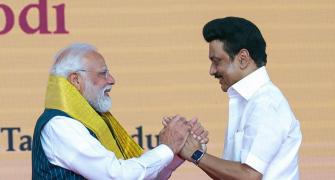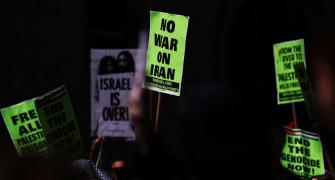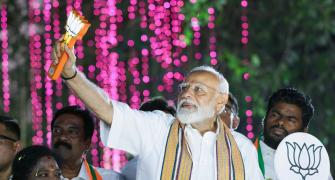Following the 26/11 teoor attacks in Mumbai, Pakistan was forced to crackdown on terror camps. However following the latest attack on the Sri Lankan cricketers in Lahore, it is clear that a mere crackdown on the top leadership is not sufficient.
Recent Intelligence Bureau and other reports and documents on the Lashkar-e-Tayiba for instance says it has nearly 1,300 cadres waiting to strike and they are spread over 57 different training camps in Pakistan and Pakistan Occupied Kashmir.
The terror outfits have developed strategies to counter government crackdowns.
When the heat is high there is an immediate ceasefire by these outfits. They do not carry out any training programme or attempt any attack. During this period all militants are directed to lie low and continue undercover operations or live like normal people. But this is an extremely busy time for men who recruit cadres. A massive recruitment drive is carried among the general public. During a crackdown all attention is on the top leadership, training camps and smuggling routes. This is when sleeper cells are activated and the recruitment drive is stepped up.
This strategy was first introduced by the Hizb-ul Mujahideen which was then picked up by the LeT and inherited by the Students Islamic Movement of India.
It was only until recently that the Lashkar paid more attention to recruiting people from within Pakistan. A report suggests that this outfit always recruited persons from outside Pakistan, but several crackdowns have forced it to adopt a new strategy as it was losing too many men. Hence it stepped up recruitment within the country.
A similar pattern was noticed in SIMI too. The arrest of a host of leaders including Safdar Nagori gave everyone the impression that the SIMI was busted. During this period sleeper cells were activated and a massive recruitment drives took place which ultimately led to the formation of the Indian Mujahideen.







